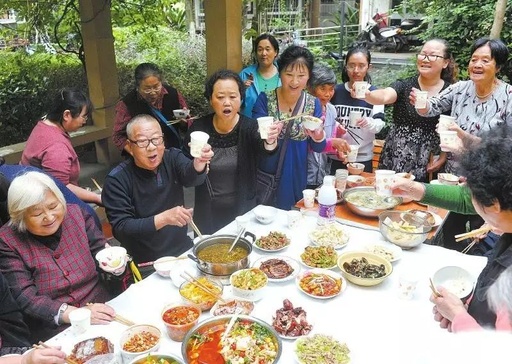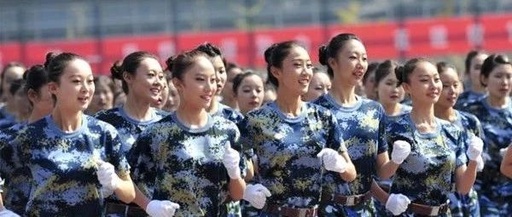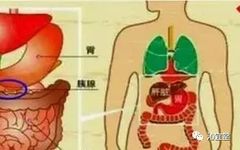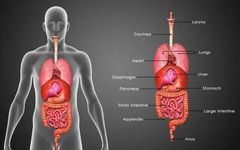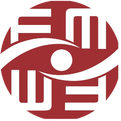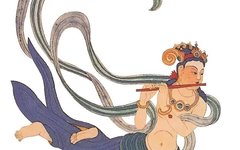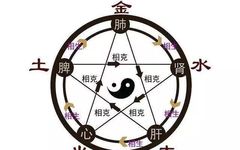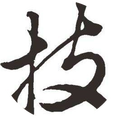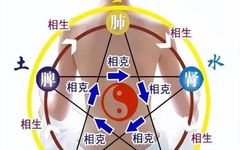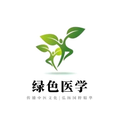Data Released by Chengdu Aging Committee: Centenarians Show ‘Yin Dominance and Yang Deficiency’
Chengdu Aging Committee has released data indicating that centenarians continue to exhibit “Yin dominance and Yang deficiency“, with urban and rural populations being relatively equal. As of December 31, 2015, there are a total of 846 centenarians in Chengdu, an increase of 40 from the previous year. Among these 846 centenarians, the number of females … Read more

